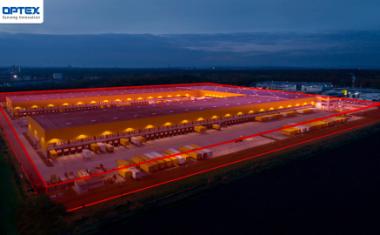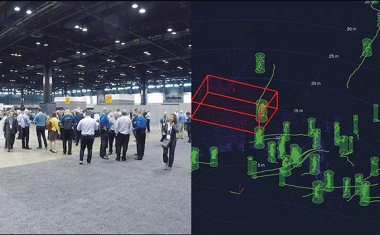
Transforming Perimeter Security in Critical Infrastructure: The Power of LiDAR and Fibre Technology
Optex will be demonstrating the precision of LiDAR and fiber optics in perimeter security systems at Security in Essen.

Optex will be demonstrating the precision of LiDAR and fiber optics in perimeter security systems at Security in Essen.

While the focus when protecting critical infrastructures in recent years has predominantly been on cybersecurity, current events have underscored the need to shift the attention to physical security again. For instance, substations are often the target of metal theft because valuable copper cables are installed or stored there. Intruders cause significant damage, breaking through gates and fences, resulting in substantial costs, some in the six-figure range.

According to Blickfeld, the Blickfeld QbProtect is the first smart LiDAR that, thanks to analysis software, standard interfaces, and a web GUI on-device, provides directly usable results concerning unauthorized entry. Object size detection leads to a remarkably low false alarm rate.

Advanced sensing technologies provide the ability to locate the exact point of intrusion in real time.

To prevent theft or damage of any kind, timing is essential: being able to quickly detect intrusion increases the chances of dealing with and deterring any potential threat or crime.

Optex advises how roofs can often be overlooked when security systems are put in place and yet they are often used as access point to intrude a building.

Optex takes a multi-tiered approach to security with new LiDAR upgrade and an indoor detector launch to give installers two sensors in one!

Utilising highly accurate and reliable Lidar technology to protect valuable assets.

IoT solutions are rapidly expanding to improve infrastructure, efficiency, convenience and quality of life for residents and communities throughout the world. Society has grown to rely on connected devices like smart doorbells, door locks and security systems to keep their homes and families safe. However, many security systems lack the proper features to be feasible for commercial and municipal use cases. Lidar technology has the potential to tackle today’s pressing security challenges and open the door for many exciting new possibilities for smart cities.

Whether for monitoring areas, facades or perimeters, when it comes to security-related building automation, SICK laser scanners (such as the LMS141) have established themselves as dependable sensor systems to detect persons and to monitor buildings. In addition to use in video management systems, in this time of the coronavirus pandemic, they also support the counting of persons and detection of their direction, as well as checking that they maintain social distancing.


The Optex EMEA team will be showcasing its range of intrusion detection and perimeter protection sensors at Security Essen, supported by its German office staff.The leading global ...

Honeywell Analytics: "Definite Shift towards IR". Gas detection has been through many evolutions since the birth of the technology over 50 years ago. A major milestone in its histo...